Hey, Check Out the Moon!
by Jeff Hutton
First, did you get to see any of the Lyrid Meteors this week? As I write this, clouds are overhead but maybe it will be clear. Don’t forget to see the article from last week for meteor watching tips.
During the next week you’ll have a chance to see how the moon “grows” each evening. So, this evening, just as its getting dark, find a spot where you can go to see the sunset. I hope the clouds stay away for you! A little above the horizon and to the left (south) of where the sun went down you can see the thin crescent moon. Tonight, April 25, you will see the orange star, Aldebaran just south of the Moon. Aldebaran is the brightest star in the constellation, Taurus, the Bull, and this star represents one of his eyes. Also, you can’t miss Venus above the Moon. Look carefully at the moon. My mom used to call this a “fingernail Moon” because it looks like the thin edge of one of your
fingernails. Here’s a picture I took of the Moon in 2017 that looks like it does this Sunday.
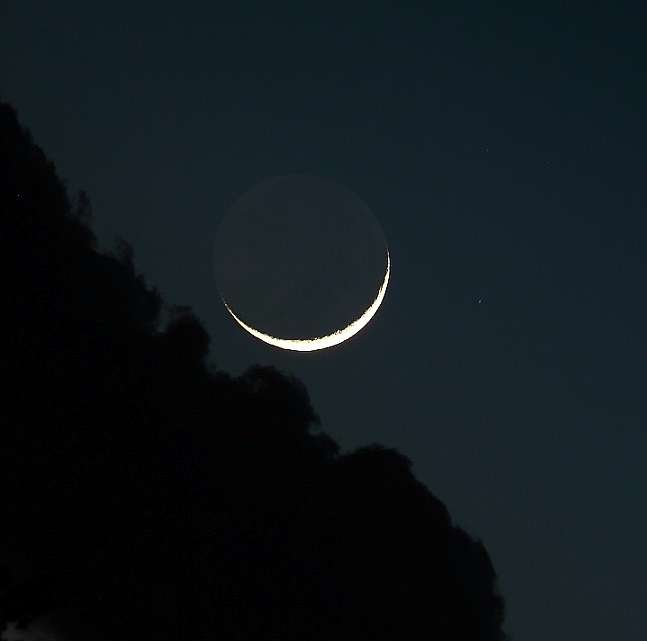


 Anniversary of the first Earth Day celebration.
Anniversary of the first Earth Day celebration.
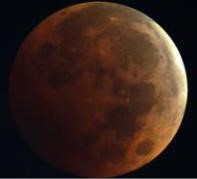
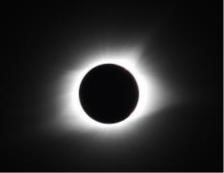

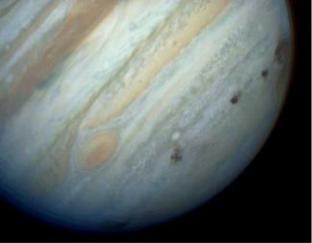
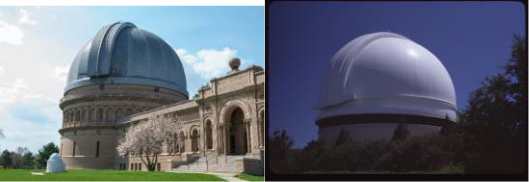
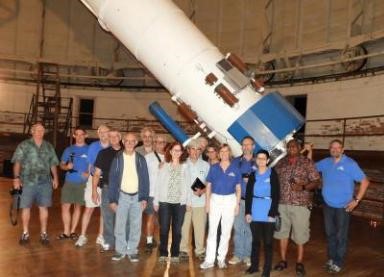
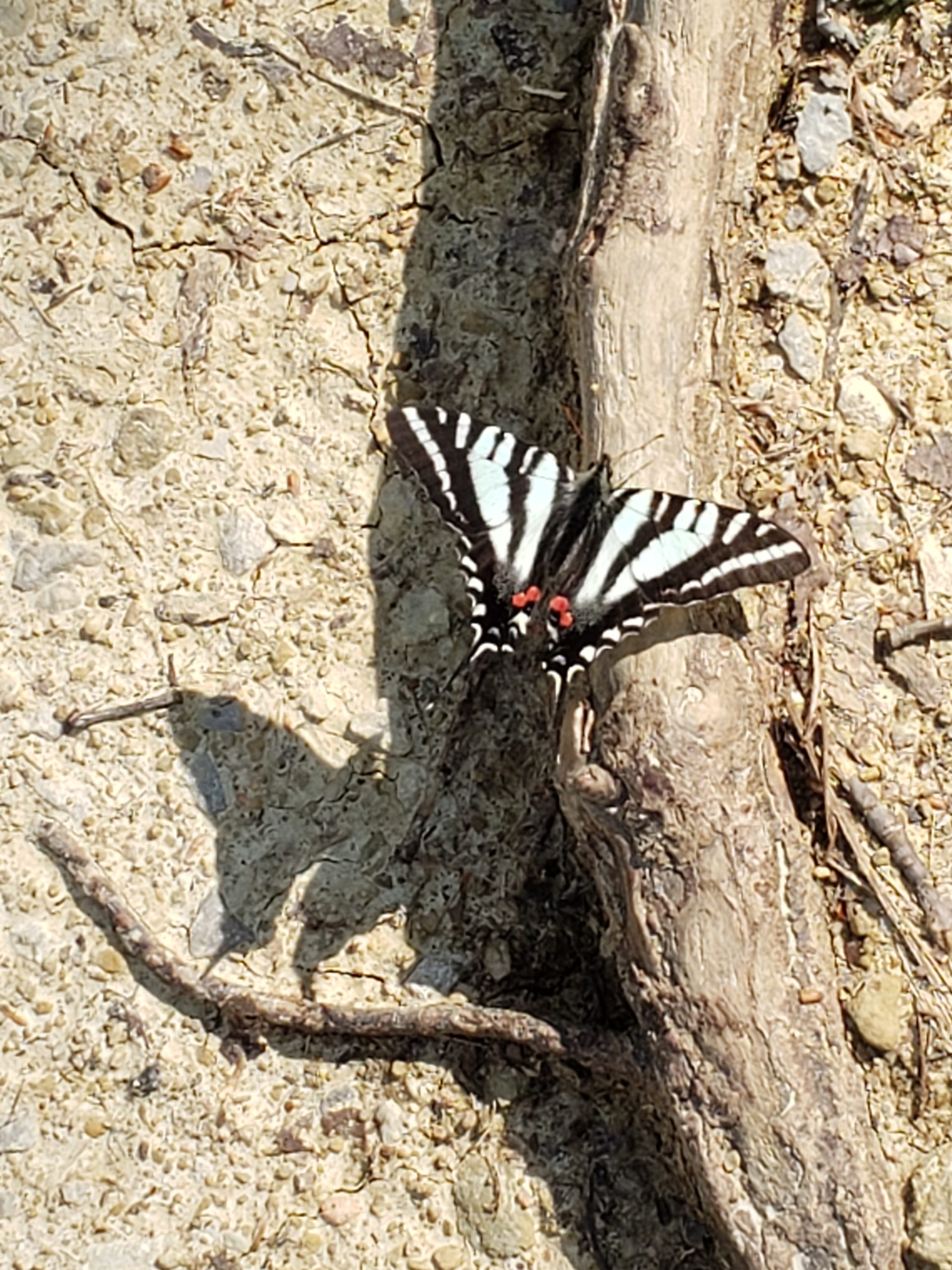


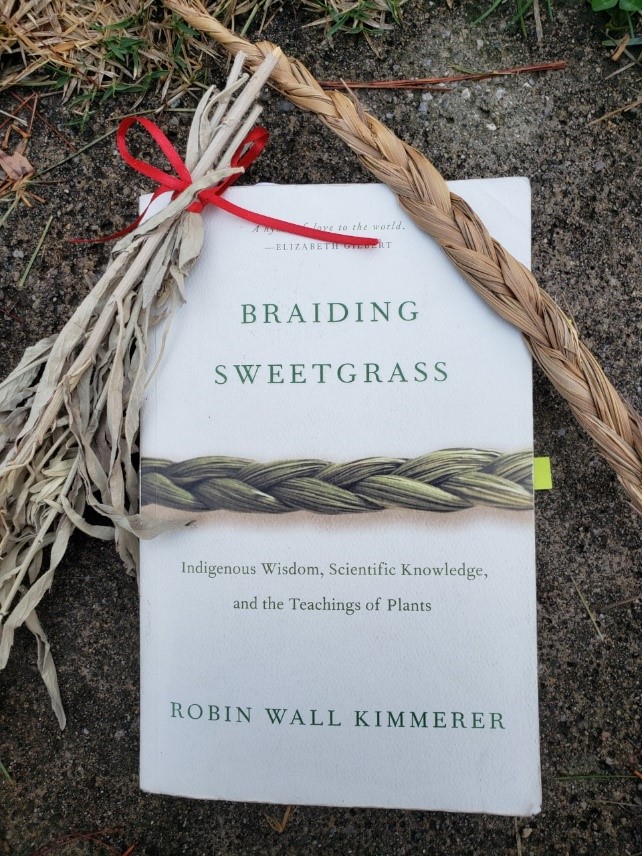
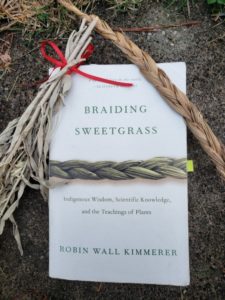 In the formal classrooms of the 21st Century, children rarely have the opportunity to explore the natural world, and they rarely have the opportunity to let their curiosity guide their explorations. This time when we are all asked to be healthy at home seems a perfect opportunity to rekindle the spark of curiosity and a sense of wonder about the world. I see adults posting on social media things they have never before noticed about the world around them, but in this time of slowing down, they have once again begun to notice.
In the formal classrooms of the 21st Century, children rarely have the opportunity to explore the natural world, and they rarely have the opportunity to let their curiosity guide their explorations. This time when we are all asked to be healthy at home seems a perfect opportunity to rekindle the spark of curiosity and a sense of wonder about the world. I see adults posting on social media things they have never before noticed about the world around them, but in this time of slowing down, they have once again begun to notice.
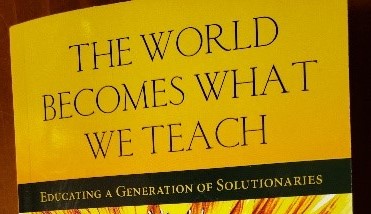
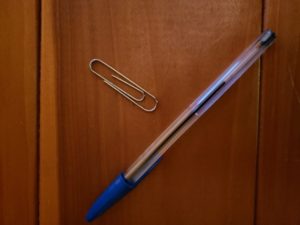 Perhaps you pick up an ink pen. Each of you take a turn sharing whatever you can imagine that object could be used for. You can imagine it far larger than it actually is, or far smaller, or just the same size. For example, pens have long been used as paper shooters—but what about as straws? Or maybe it could be a bridge for ants. Or a baton for someone leading a parade. Or if it was much larger, perhaps it could be a water pipe. You get the idea…Keep going until you absolutely run out of ideas and then pick another simple object, say…a paper clip, then start again.
Perhaps you pick up an ink pen. Each of you take a turn sharing whatever you can imagine that object could be used for. You can imagine it far larger than it actually is, or far smaller, or just the same size. For example, pens have long been used as paper shooters—but what about as straws? Or maybe it could be a bridge for ants. Or a baton for someone leading a parade. Or if it was much larger, perhaps it could be a water pipe. You get the idea…Keep going until you absolutely run out of ideas and then pick another simple object, say…a paper clip, then start again.